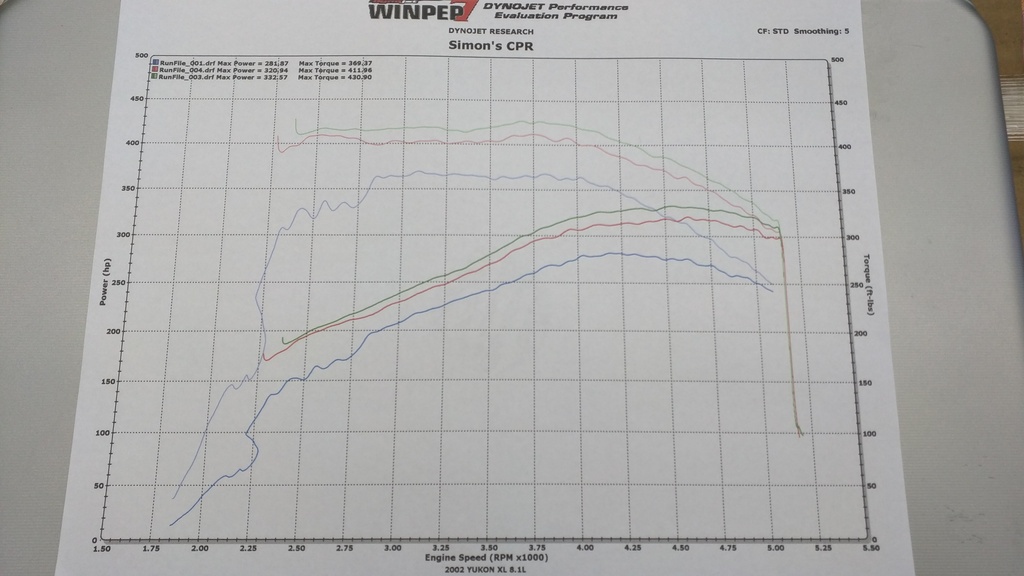I am lost in a sea of internet opinions, so I'm back to the group that always seems to come through with obscure information ![]()
The 8.1 in my Suburban 2500 wiped a few cam lobes and took out a few rockers, so I'm taking the opportunity to upgrade the bump stick. DD and towing duty, unlikely to ever see more than 4600-4700 rpm, but spends a lot of time at higher load. I bought the cam already, and just happened to see a comment about weak valve springs that sent me straight into the deep end.
Stock cam is about 0.47" lift at the valve, 204/209 duration. The new cam is about 0.51" valve lift, 228/236 duration. Nothing crazy, and very similar to the OEM HO marine cam (no idea on ramp rates). The cam supplier used to say any cam needs a valve spring upgrade. Their supplier went out of business, now they say just use the stock stuff. The internet is full of opinions, unfortunately all the way from "I used that cam and the valves float well before redline" to "I've got 40k miles with that cam on stock valvetrain, it's fine".
The only other cam manufacturer for these did not seem knowledgeable about this engine, or at least not the guy I talked to. He was definitely trying to sell me parts.
Stock seat pressure is around 90 lbs, 220 lbs on the nose with the stock cam, which is not a ton, and is in line with GM's tendency to use the lowest spring pressure they can get away with.
This engine has valve rotators on both the intake and exhaust valves, which I am inherently a fan of. The aftermarket says toss them, but it seems GM wouldn't have added such a thing to the engine if it didn't have a purpose, and I really like the idea of them. They are not known for failure, and I'm not building a race engine. They also sit under the valve spring so do not add valvetrain mass like some designs do.
Thoughts? Do I add several hundred bucks to the parts bill with some new springs, or does it seem like stock will be okay? Is there any way to tell if you're on the edge of valve float or does it just tend to pound things to pieces quietly until something finally fails?

































